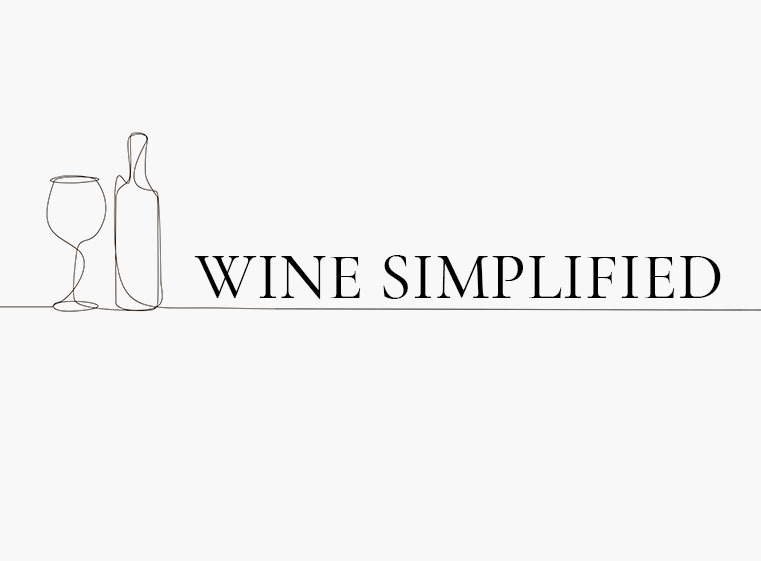Wine Term: Jammy
Our customer Pete Hovde inquired:
“I have seen some wines described as “jammy”. Is that considered a good or bad characteristic?”
Well, here we go…
Variations: Fuited, Fruit-forward, Juicy
Alternate Usages: n/a
What it really means: A wine with lots of fruit smells, generally sweet smelling
You really don’t want to say a wine smells or tastes like Smuckers, even if it does. Alternatively, it’s better to say it has a jammy nose or it’s jammy on the palate. You’ll find this mostly occurring in warm-to-hot new world regions, most notably the jammy Cabs and Zins from the Lodi AVA. This jammy characteristic is due to the over ripeness of the grapes in warmer, more exposed environments, and generally speaking, indicate a higher alcohol level (some topping out around 16.5%).
How to effectively use it:
Don’t say a wine smells or tastes like jam, simply say the wine is jammy.
Although possibly correct, bad idea: “Tastes like Welch’s jelly.”
Better approach: “The wine has a jammy quality.”
Best approach (fluff, fluff, fluff): “While jammy on the nose, the palate is well balanced, allowing the fruits to express themselves in a delineated fashion.”
So, to answer Pete’s question: a wine being “jammy” isn’t inherently a good or bad thing, it like much of wine is subjective, so if you like it or don’t defines how you see a wine being jammy pertaining to its value or desirability. Fans of Lodi wines love jammy wines usually, while fans of Rutherford wines might hate a jammy wine. Safe to say, any old world wine fan will not enjoy or appreciate jammy wines, they love their terroir and earthy notes way more.

